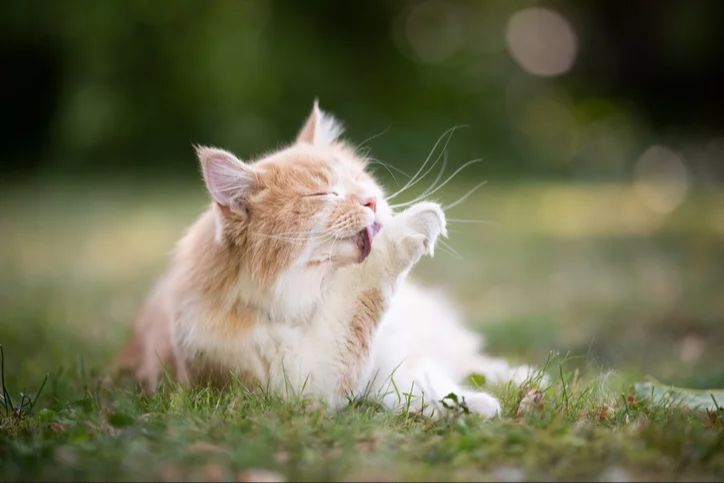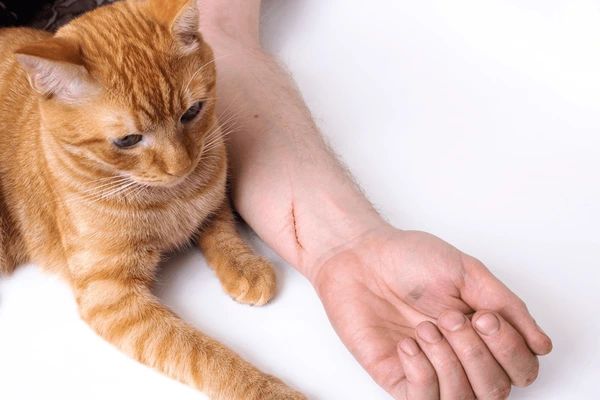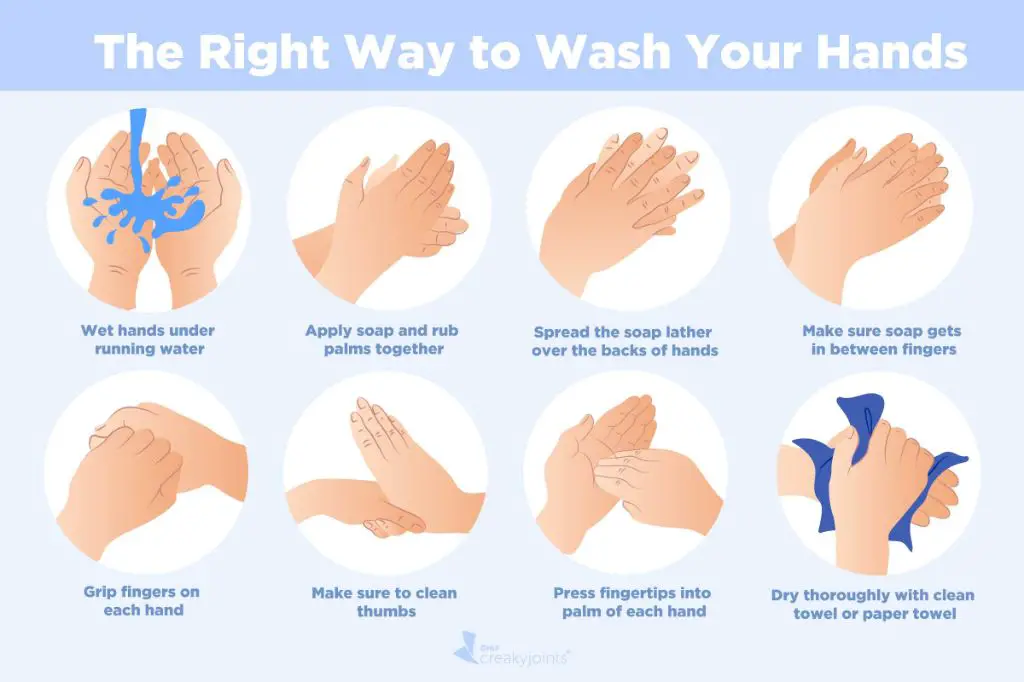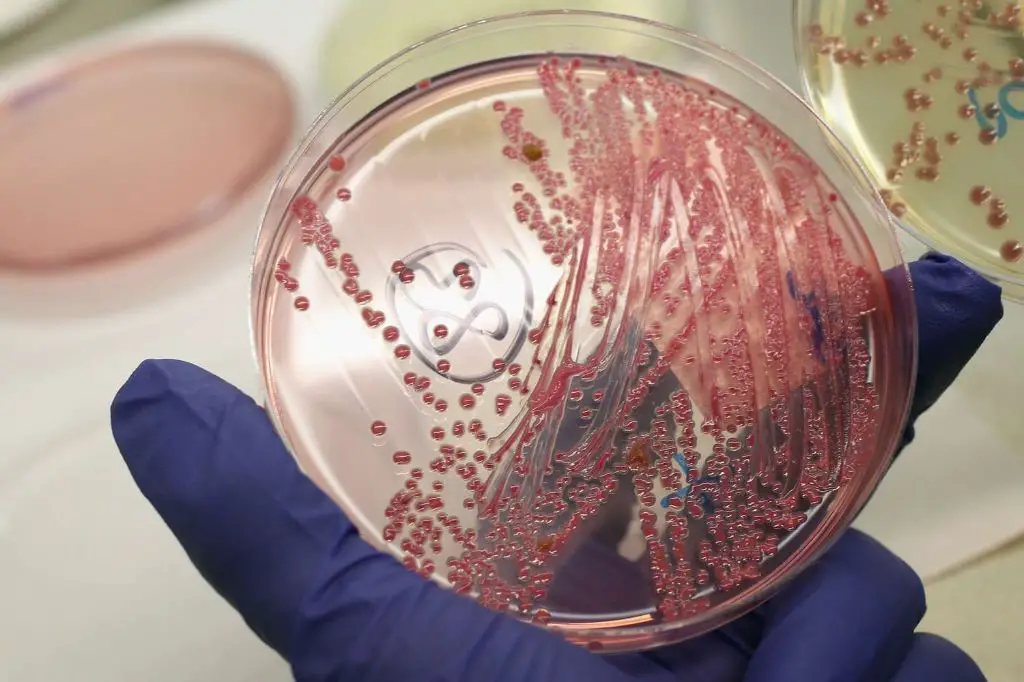Does Cat Saliva Contain Dangerous Bacteria?
Cat lovers know that feline kisses usually come with scratches from their rough tongue. While this sandpaper-like lick may be a sign of affection from your furry friend, is it also putting your health at risk?
Understanding what’s lurking in your cat’s mouth is key. Cat saliva harbors a complex mix of bacteria that can potentially transmit diseases to humans. Some of these bacteria are part of your cat’s normal oral microbiome, while others can cause illness. Let’s explore the bacterial inhabitants of feline saliva and how to stay safe.
Normal Bacteria in a Cat’s Mouth
Cats have a diverse oral microbiome containing hundreds of bacterial species that play important roles in health, such as aiding digestion (Krumbeck, 2021; https://www.ncbi.nlm.nih.gov/pmc/articles/PMC8308807/). The most common bacteria found in healthy cat mouths include Porphyromonas, Moraxella, Fusobacterium, Actinomyces, Bacteroides, Pasteurella, and Neisseria species (Krumbeck, 2021). These bacteria are part of the normal flora and help cats break down food, stimulate immunity, and prevent colonization by harmful microbes. Studies show kittens acquire normal oral bacteria from their mothers shortly after birth, and the diversity increases as they mature (Krumbeck, 2021). While high bacterial counts in a cat’s mouth is normal, it becomes problematic when transmitted to humans through bites and scratches.

Potentially Harmful Bacteria
While a cat’s mouth contains normal bacteria that are usually harmless, certain bacteria can be pathogenic causing diseases in humans. These are most likely to be transmitted through a bite or scratch wound. Some bacteria of concern include:
- Pasteurella – This bacteria causes skin infections, abscesses, and respiratory disease in humans. According to veterinarians at Cornell University, Pasteurella infections account for an estimated 50% of all infections transmitted by animal bites [1]
- Capnocytophaga – Found mainly in cat and dog saliva, this bacteria can cause septicemia after a bite, especially in immunocompromised individuals [2].
- Bartonella henselae – Causes cat scratch disease. The bacteria is carried in fleas and transmitted to cats. Humans contract it mainly from cat scratches.
- Mycobacterium marinum – Causes skin granulomas in humans. Transmitted by aquatic injury or bite.
Proper wound care and treatment is important if bitten or scratched to prevent infection and complications.
Transmission to Humans
There are several ways that humans can be exposed to potentially harmful bacteria from cat saliva:

- Bite wounds – Cat bites can puncture the skin and introduce bacteria deep into the tissue and bloodstream. According to the CDC, about 30-50% of cat bites become infected [1].
- Scratches – Even superficial scratches from cats can harbor bacteria from their claws and saliva. Scratches provide an entry point for bacteria to enter the body.
- Licks on broken skin – If a cat licks a person’s open wound, cut, or cracked skin, bacteria from the cat’s saliva can enter the body.
- Mucous membranes – Cat saliva coming into contact with mucous membranes like the eyes, nose, and mouth could potentially transmit bacteria. However the risk is lower compared to broken skin.
The main way humans are exposed to potentially harmful bacteria from cats is through bite wounds, scratches, or licks on broken skin that allows direct entry of bacteria into the body. Indirect contact with mucous membranes carries a lower infection risk.
[1] https://www.cdc.gov/healthypets/pets/cats.html
Diseases Caused by Cat Saliva Bacteria
Cat saliva contains bacteria that can cause diseases in humans if transmitted via bites or scratches. Some of the main diseases spread by cat saliva bacteria include:
Cat Scratch Disease (CSD)

This disease is caused by a bacterium called Bartonella henselae, which is carried in the saliva of infected cats. Symptoms usually begin 3-10 days after a cat scratch or bite and include fever, fatigue, headache, and swollen lymph nodes near the scratch or bite. The swollen lymph nodes are a hallmark symptom of CSD. Most cases resolve on their own within 2-4 months, but complications like encephalitis, endocarditis, and osteomyelitis can occur in 5-10% of patients. Seek medical care if any symptoms persist beyond the initial period.
Pasteurellosis
Pasteurella multocida bacteria are commonly found in cat saliva. Bites or scratches can transmit these bacteria into the skin and cause an infection called pasteurellosis. Symptoms include redness, swelling, pus, and pain around the bite or scratch. Pasteurellosis requires antibiotic treatment, usually with penicillin or amoxicillin. Delays in treatment can lead to abscess formation. Pasteurellosis from cat bites has a high complication rate because of how deep cat teeth penetrate the skin.
Source: https://www.cdc.gov/healthypets/pets/cats.html
Vulnerable Populations
Certain groups of people are more vulnerable to diseases caused by cat saliva bacteria than others. This includes:
- The elderly – Older adults tend to have weaker immune systems, making them more susceptible to infections.
- Children – Young children’s immune systems are still developing, putting them at higher risk of illness.
- Immunocompromised individuals – People with conditions like HIV/AIDS, cancer, autoimmune disorders, and those taking immunosuppressant medications have compromised immune function and reduced ability to fight infections.
According to the CDC, immunocompromised people are at highest risk for developing severe illness from Capnocytophaga bacteria transmitted through cat bites and scratches. This is because their weakened immune systems have difficulty fighting off the infection.
Young children are also particularly vulnerable as they are more likely to have close contact with household pets like cats. Good hygiene and supervision of children around cats can help reduce risk.
Prevention
The best way to prevent diseases from cat saliva is through proper hygiene and wound care when interacting with cats.
It’s important to wash your hands thoroughly with soap and water after petting, holding, or playing with cats. Scrub for at least 20 seconds, cleaning under nails and between fingers to remove any bacteria that may have transferred from the cat’s saliva.

Take care to promptly wash any wounds or scratches from a cat with soap and warm water. Apply an antibiotic ointment and keep the wound covered until fully healed. Seek medical attention for any deep wounds, redness, swelling, or signs of infection. Prompt wound cleaning decreases the risk of bacterial transmission from cat saliva.
When possible, avoid rough play or activities that may lead to bites or scratches from a cat. Supervise young children and immunocompromised individuals when interacting with cats.
Overall, good hygiene and caution when handling cats can significantly reduce the risk of illness from bacteria in cat saliva.
Diagnosis and Treatment
Diagnosis of cat saliva bacteria begins by culturing a wound or infection to identify the specific bacteria involved. According to the Hopkins Medicine website, “A sample of fluid from an infected wound may be cultured in a laboratory to allow bacteria to grow. The bacteria can then be identified.” Identifying the culprit bacteria is key for determining the appropriate antibiotic treatment.
Common antibiotics used to treat infections from cat bites and scratches include amoxicillin-clavulanate, azithromycin, ciprofloxacin, doxycycline, and trimethoprim-sulfamethoxazole. According to the VCA Hospitals site, “Primary bacterial upper respiratory infections caused by Bordetella or Chlamydophila will be treated with specific antibiotics that are effective against these bacteria.” The specific antibiotic regimen and length of treatment depends on the type of bacteria involved and severity of the infection.
Risk Assessment
The likelihood of becoming ill from contact with cat saliva depends on the type of interaction:

Bites and deep scratches have the highest risk, as they can transmit bacteria like Pasteurella and Bartonella directly into the bloodstream and tissues. According to a report by Johns Hopkins Medicine, an estimated 30-40% of cat bites become infected, so they should always receive prompt medical care (1).
Licking of open wounds or mucous membranes also poses a moderate infection risk, as bacteria can enter the body through these pathways. Healthy individuals are less prone to infection than those who are immunocompromised.
Casual contact like petting or being licked on intact skin is unlikely to cause illness in most people. However, immunocompromised individuals should take precautions like washing hands after petting cats and avoiding facial licks (2).
There are some general precautions all individuals can take to interact safely with cats:
- Avoid playing roughly with cats or startling them to prevent bites and scratches.
- Keep cats’ claws trimmed to reduce scratch severity.
- Wash hands thoroughly with soap and water after handling cats.
- Seek prompt medical care for any bite wounds.
- If immunocompromised, avoid contact with areas cats frequently lick, like the face.
While zoonotic disease transmission from cats is possible, the risks can be managed through simple precautions and awareness.
(1) https://www.hopkinsmedicine.org/health/conditions-and-diseases/cat-scratch-disease
Conclusion
In conclusion, cat saliva does contain potentially harmful bacteria that can be transmitted to humans through scratches and bites. The main bacteria of concern are Bartonella henselae, which causes cat scratch disease, and Pasteurella multocida, which causes pasteurellosis. While infection is more likely in those with compromised immune systems, healthy people are also at risk, especially from deep bites or scratches. Most cases are mild, but some can lead to serious complications. Understanding the risks allows people to take proper precautions with cats, such as avoiding rough play and bites. Being aware of the symptoms also allows for prompt treatment if an infection does occur. While cat saliva bacteria risks should not deter cat ownership, it is important for all cat owners to understand proper handling techniques and the potential health implications, which can help prevent infection and serious illness.
